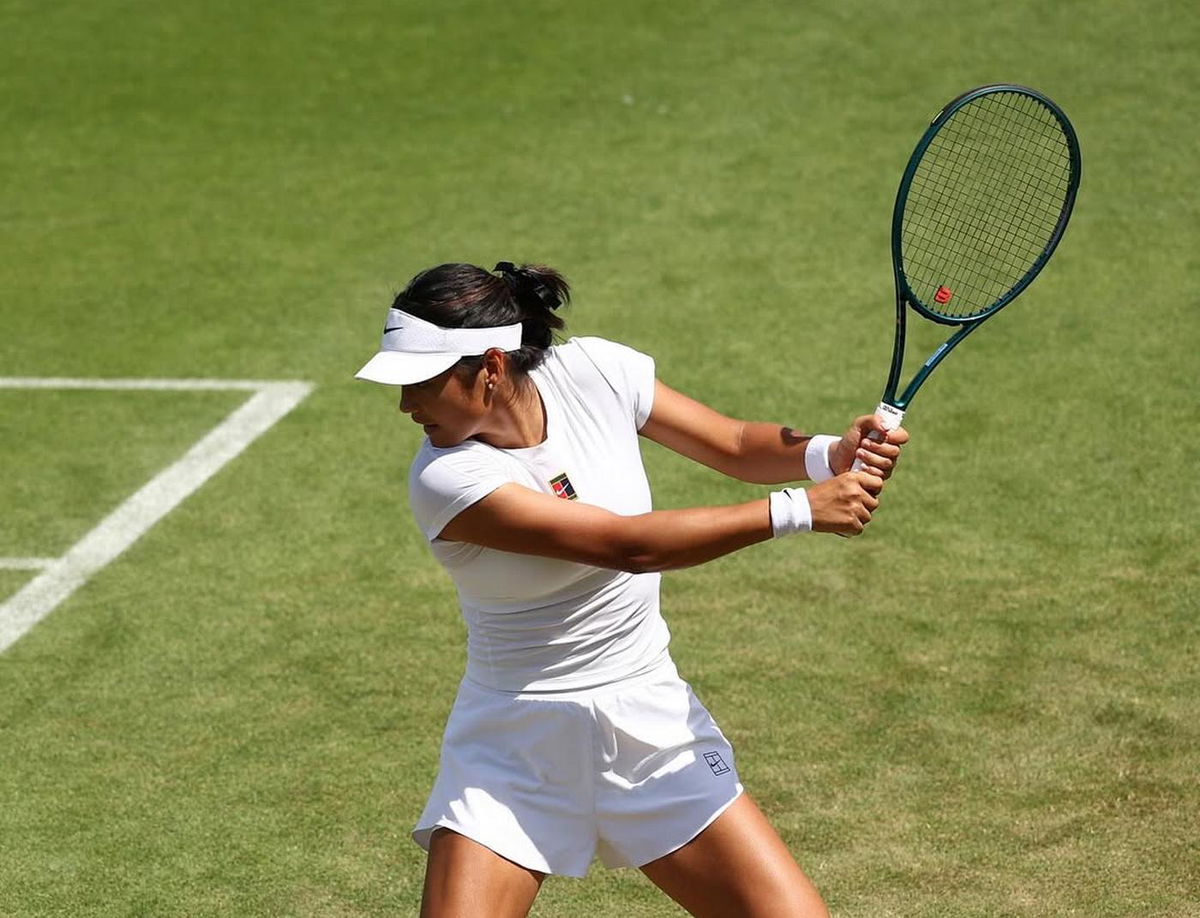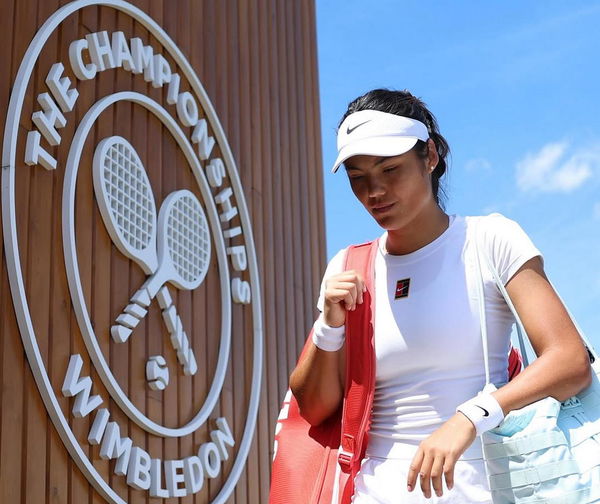
Imago
Image Credits: Emma Raducanu/Instagram

Imago
Image Credits: Emma Raducanu/Instagram
This year, line judges vanished from the iconic lawns of Wimbledon as AI-powered electronic calls took over, aligning SW19 with Melbourne, New York, and the ATP Tour, while Paris still holds on to the human eye. The move, driven by the pursuit of razor-sharp accuracy, stripped away one of the sport’s most enduring visuals. But with every leap forward, there’s turbulence. For Emma Raducanu, that change hit hard. Now, having bowed out of Wimbledon this year after her intense battle with Aryna Sabalenka, Emma Raducanu is once again calling out the latest change at the All England Club, hinting that the adjustment may have cost her the tournament.
Watch What’s Trending Now!
At just 22, Emma Raducanu pushed the 3-time GS champion and top seed Aryna Sabalenka to the edge, before falling 7-6 (8-6), 6-4 in a fiery showdown. But the tension didn’t end on the court. In the aftermath, during her post-match press conference, Raducanu faced questions about the tournament’s bold new move, AI line calling. The 2021 US Open champion was visibly dissatisfied with a call midway through the first set of her match against Sabalenka and was seen speaking to the chair umpire about it.
“You saw it out as well, right?” she said to the umpire, referring to a Sabalenka first serve at 2-4, 15-0 that appeared to miss the line on replay. That questionable call gifted Sabalenka a floating return, which she smashed away with a clean forehand to take control of the game and eventually hold serve, an essential step in her comeback from an early deficit.
ADVERTISEMENT

Imago
Image Credits: Emma Raducanu/Instagram
Speaking on the episode during her post-match press conference, the British No. 1 did not care to mince her words. “I mean that call that was like for sure out. It’s kind of, you know, disappointing, you know, the tournament here that the calls can be so wrong, but you know, for the most part, they’ve been okay,” she added. “It’s just like I’ve had a few in my other matches, too, that have been very wrong. So yeah, I don’t know. Hopefully, they can kind of fix that.” It wasn’t just frustration; it was a call for refinement in a system not yet as precise as promised.
Raducanu’s remarks come hot on the heels of similar complaints from fellow British men’s top seed Jack Draper, who voiced his doubts after a narrow second-round loss to Marin Cilic. “I don’t think it’s 100 per cent accurate, in all honesty,” Draper said. “A couple of the ones today, it showed a mark on the court. There’s no way the chalk would have showed.” His words echo a growing concern shared by both players and fans in this year of transition.
ADVERTISEMENT
Players react to the new Electronic Line-Calling system
The All England Club embraced a bold new era this year with the introduction of an AI-powered electronic line-calling system developed by Hawk-Eye. Using up to 18 high-speed cameras to track every ball in real-time, the system can deliver a decision within a tenth of a second. But those crucial calls are vocalized using pre-recorded voices of actual All England Club staff, adding a human touch to machine precision.
ADVERTISEMENT
Outside the gates, fans expressed mixed emotions, some playful protests, some genuine concern, and the players’ reactions on court have been just as varied. In the men’s bracket, both Carlos Alcaraz and Fabio Fognini appeared to dispute some of the system’s calls, seemingly not realizing that players can no longer challenge decisions—a feature that used to be a defining part of Grand Slam drama before tradition gave way to technology.
On the women’s side, Chinese player Yuan Yue pointed out a new kind of issue, the system’s voice volume. “The voice, I cannot really hear it, it is a bit too low,” she noted. Despite asking the referee to increase it, she was told it wasn’t possible. While she remained unfazed overall, Yuan emphasized the need for clearer communication, especially when the umpire’s voice rings louder than the automated calls.
That disconnect in sound delivery has made for a confusing experience. During Cameron Norrie’s 1st-round battle on Court 18, viewers heard “fault” calls in the young voice of a ballboy, while “out” calls were announced by adult staffers, their tones varying mid-match. On outer courts, spectators described disembodied voices echoing from nearby matches, further adding to the sensory confusion.
ADVERTISEMENT
So, the question now arises: Do these robotic whispers enhance the game’s integrity or rob it of its tradition and clarity? What do you make of Wimbledon’s brave new direction? Share your thoughts below. And don’t forget to stay updated on this year’s iconic Wimbledon moments through EssentiallySports‘ Live Blog.
ADVERTISEMENT
ADVERTISEMENT
ADVERTISEMENT

